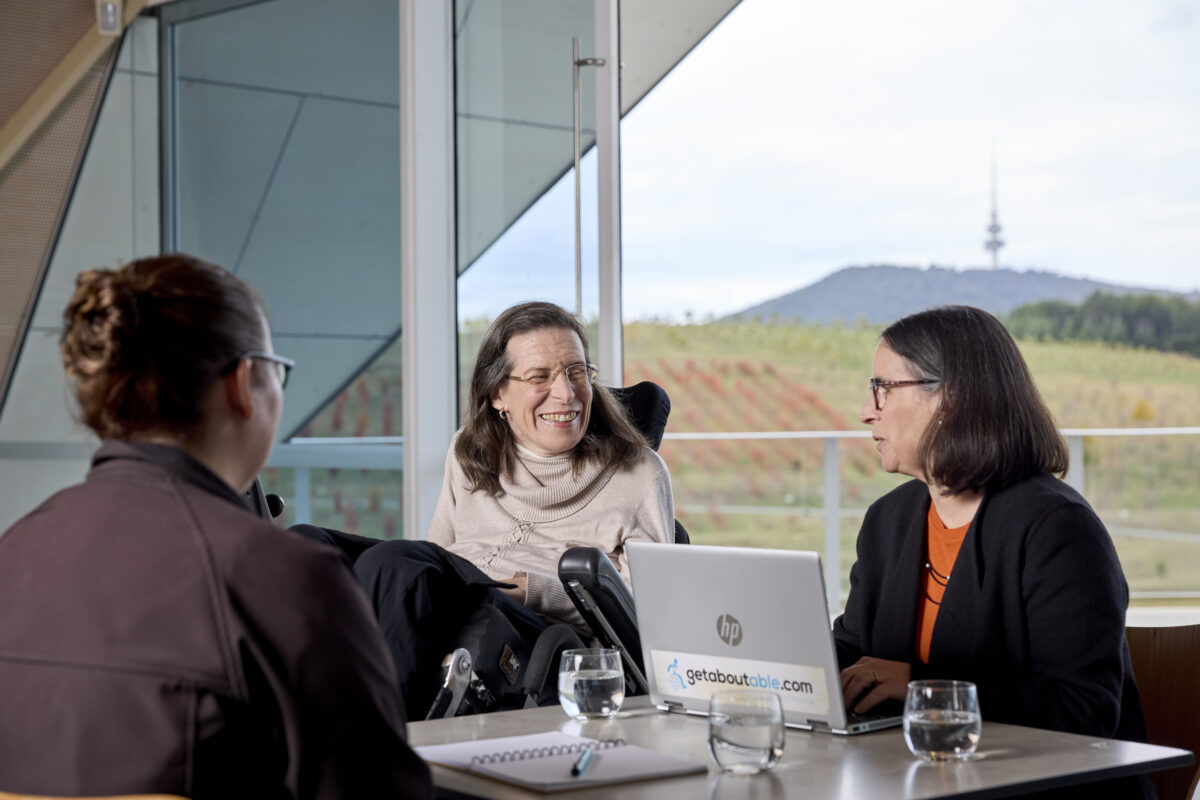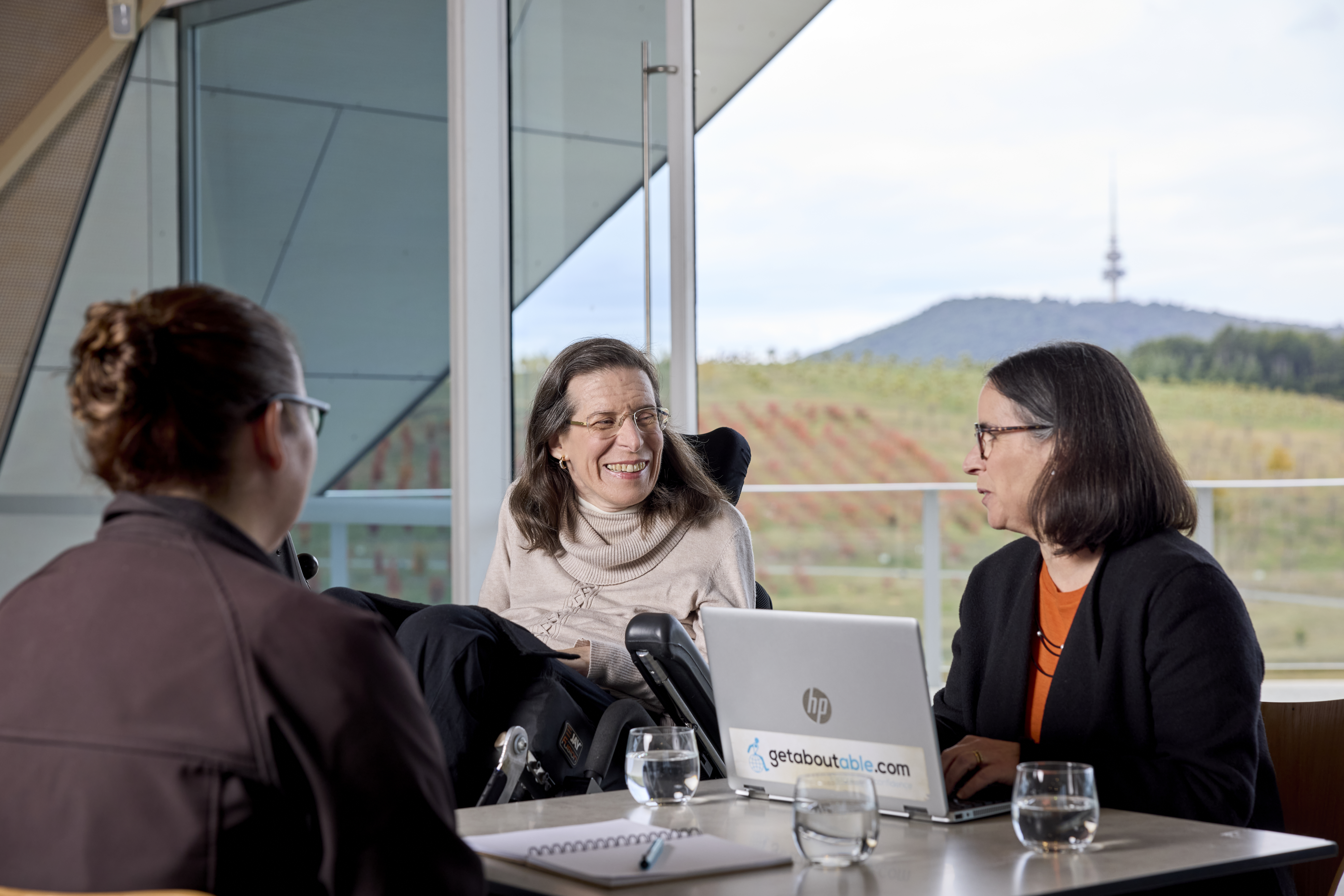4 Tips for Creating Accessible Online Information
Travel is an exceptional way to explore the world and one that everyone should have the opportunity to experience! However, for people with disability (PWD) it can be daunting to even begin planning for. By prioritising accessibility, the tourism industry can help alleviate the stresses associated with planning for travel, allowing people with disability to more easily experience the wonders of the world.
Accessible tourism is a booming market, adding $6.8 billion to the Australian economy in just the June 2023 quarter—and it’s only getting bigger. Businesses that tap into this opportunity aren’t just doing the right thing; they’re making a smart investment. In fact, for every dollar spent on accessible tourism, the return can be as high as $13.

"Accessible tourism added $6.8 billion to the Australian economy in just the June 2023 quarter."
Tourism Australia
So, what can the tourism industry do to ensure their websites are accessible for those 1 in 5 people living with a disability? Here are a few tips to start shaping your content for accessibility and inclusivity:
Transport availability: 1 in 6 people aged 15 years and over with disability have difficulty using public transport, so providing accurate and detailed online guidance on how to reach your venue makes it easier to plan trips and routes to take. Providing details online of public transport routes, maps, and written instructions on how to find the venue will allow more people to reach you!
Show off your venue: Putting images on your website of what the venue looks like, any entrances and pathways, and the surrounding area can help travellers with disabilities understand what to expect when they arrive. Make sure to include alt text for these images so that people using screen readers can also access this information!
Clear accessibility information: Dedicating a section to your website to outline accessibility details means that those with a disability can easily access this information and make informed decisions! Be as specific as possible when providing details such as the availability of wheelchair access, accessible restrooms, hearing loops, and sensory-friendly environments.
A user-friendly website design: Having an accessible website will widen your audience, and allow people with disability to access the information that they need when travelling! Think about using things like clear fonts, high-contrast text, and alt-text.

GetAboutAble can help your organisation, no matter where you’re at on the accessibility journey. Our team can help you identify and document what access and inclusion look like, including any accessible features across your organisation that you may not be aware you already have! We can also aid in developing Disability Action and Inclusion Plans and capacity-building programs.
Have a look at our services here, or get in touch!
Fill in the form below or email us directly at consulting@getaboutable.com

